Heat pumps and furnaces regulate the air in the house for warmth, but they both operate differently. If you would like to know the right temperature to switch from heat to furnace, we have conducted extensive research to help you.
While using a dual heating system, the heat pumps automatically switch to the furnace operating unit when the temperature is below 32 degrees Fahrenheit.
Both heating systems are very efficient and long-lasting. To know more about heating systems and when to switch from one to the other, keep reading as we will provide all the information you need.
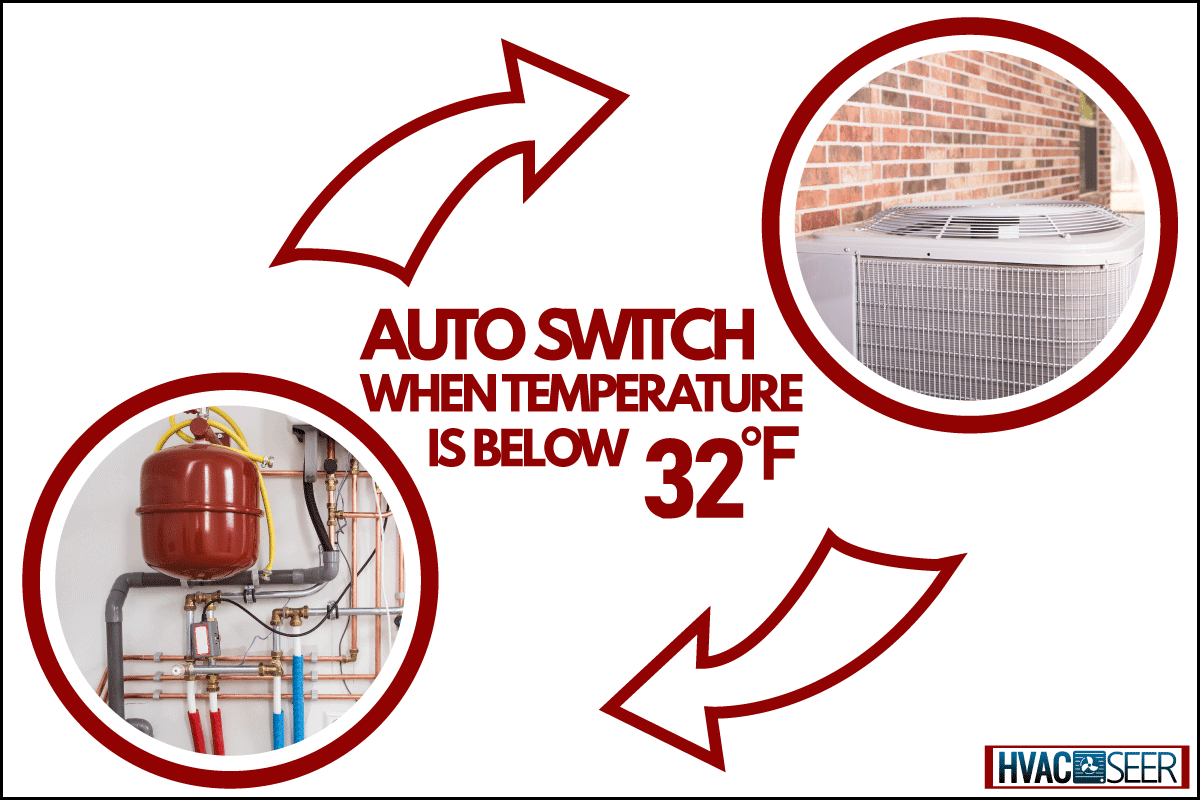
Heating With A Heat Pump
Heat pumps and furnaces are heating systems installed in homes to regulate heat and warm temperatures inside the house. Using a heat pump allows the temperature of your room to be warm enough. It is designed to transfer thermal energy from one place to another.
A heat pump is very efficient and conserves energy because it doesn't need much electricity to function. A heat pump's basic components allow it to function properly. The outdoor unit and indoor unit. These two units also comprise different subunits. Here are the essential components of a heating system and how it works.
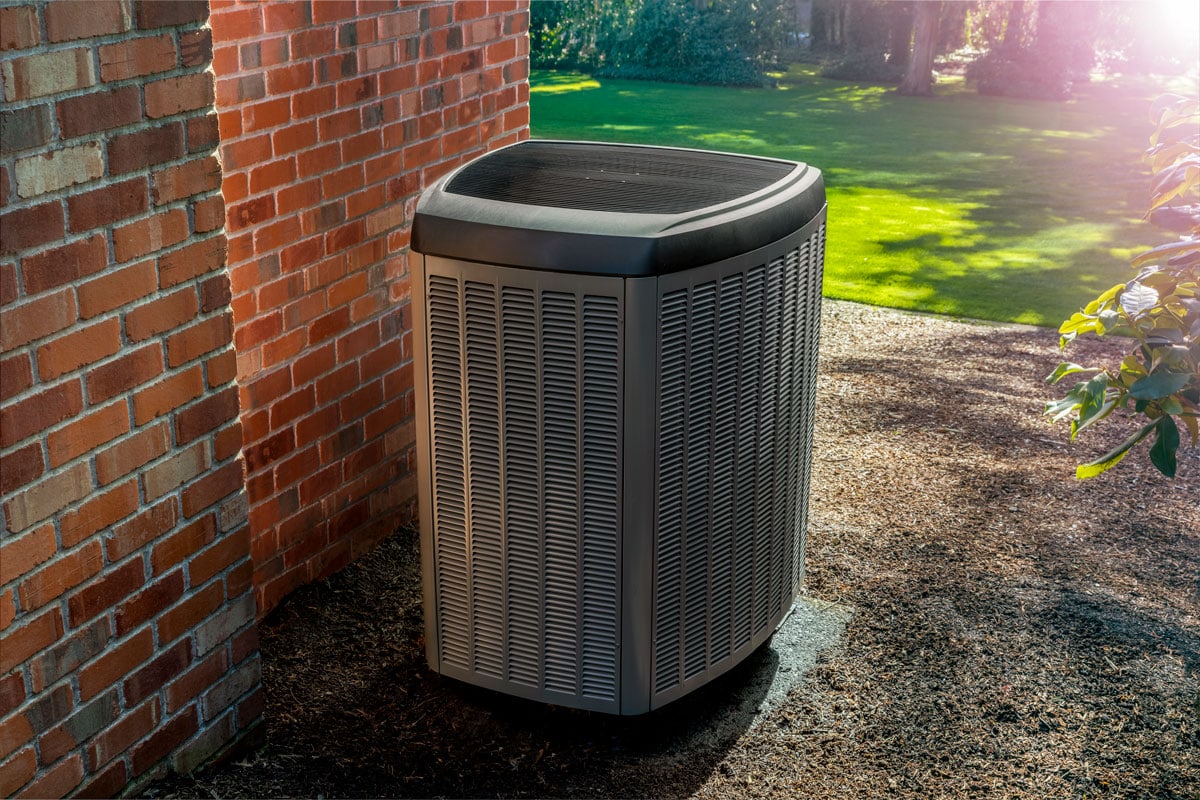
Outdoor Unit
A coil and a fan make the parts of the outdoor unit of a heating pump. The coil can perform two functions. Either as a condenser when it is in cooling mode or as an evaporator when it is in heating mode. The fan blows air from outside over the coil to help with heat exchange.
Indoor Unit
The indoor unit, also known as the air handler unit, also has a coil and a fan, just like the outdoor unit. The difference is that, unlike the outdoor unit, the coil on the indoor unit can be used as an evaporator when it is in cooling mode and also as a condenser when it is in heating mode.
The fan circulates air across the coil and through the home's ducts.
Refrigerant

The refrigerant, which flows throughout the heat pump system, absorbs and rejects heat.
Compressor
The compressor acts as a pressure impact on the refrigerant and transports it throughout the system.
Reversing Valve
This portion of a heat pump system allows the system to function in the opposite direction and transition between heating and cooling by reversing the refrigerant flow.
Expansion Valve
The expansion valve serves as a measuring or metering device, adjusts the flow of refrigerant as it goes through the system, and allows the pressure and temperature of the refrigerant to be reduced.
How A Heat Pump Works
A heat pump in heating mode works similarly to how a heat pump in cooling mode works. The difference is that the reversing valve changes the flow of the refrigerant.
The reversal means that the heating source becomes the outside air, and the heat energy is discharged within the house. The exterior coil is an evaporator, while the indoor coil now functions as a condenser.
The frigid liquid refrigerant takes heat energy from the outdoor unit and converts it to cold gas. This cold gas is subsequently turned into hot gas by applying pressure. In the interior unit, the hot gas is cooled by passing air, which heats the room.
At What Temperature Should You Switch From Heat Pump To Furnace?
If you're using a hybrid heating system, that is a furnace and a heat pump, the heating system in the heat pump typically operates when at a temperature of below 32 degrees Fahrenheit. But when it gets lower than that, The gas furnace will start operating. To prevent the heat pump from operating, you need to set the thermostats to emergency heat mode.
Heating With A Furnace
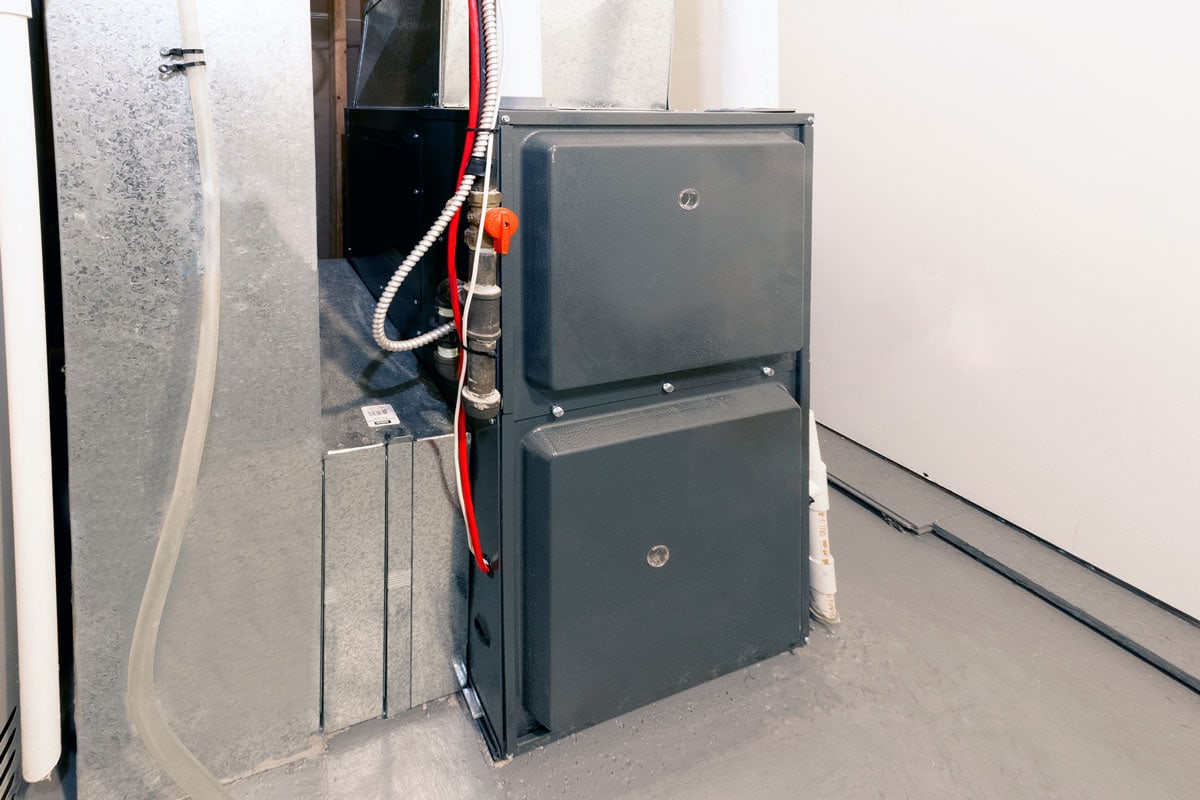
Many people rely on a central furnace to keep them warm during cold weather. A furnace operates by pushing hot air through ducts to air registers or grills in various rooms throughout the house.
Electricity, natural gas, or fuel oil can all be used to power a furnace. Furnaces operate differently based on the type of model you purchase. The heating capacity of furnaces is calculated in British Thermal Unit (BTU). Here are the components of a furnace and how they all function.
Gas Burners
Gas burners are powered by natural gases or propane. These gases generate heat that powers the furnace.
Fan Motor
Draft inducer fan motors are used to remove toxic air from the room and clear away all the combustion gases. They are mainly used in industrial furnaces, kilns, and other heating equipment.
The fan motor works by extracting air from the burner, then the air is directed outside the home. This makes furnace combustion consume a lesser amount of fuel.
Heat Exchanger
In a furnace, a heat exchanger transfers the heat generated by combustion to the air in the room. Heat exchangers are made of metal tubes and metal shells that have been carefully shaped so that the gas can flow through them. A damaged heat exchanger can result in toxic combustion gases entering your home.
Blower Fan
In furnaces, the air is delivered into the heat exchanger by the blower fan. The warm air is then pumped through the ductwork of the house. Many furnaces include a fast-speed blower that is pre-programmed when installed. Variable-speed furnaces are more energy-efficient.
Flue
The vent gathers and transports the wasted combustion gasses outside of the home; these were used to generate heat.
Thermostat
A thermostat measures the temperature of a space, compares it to a setpoint (the desired temperature), and then turns on and off the heating or cooling equipment to maintain the desired temperature.
Difference Between A Heat Pump And A Furnace
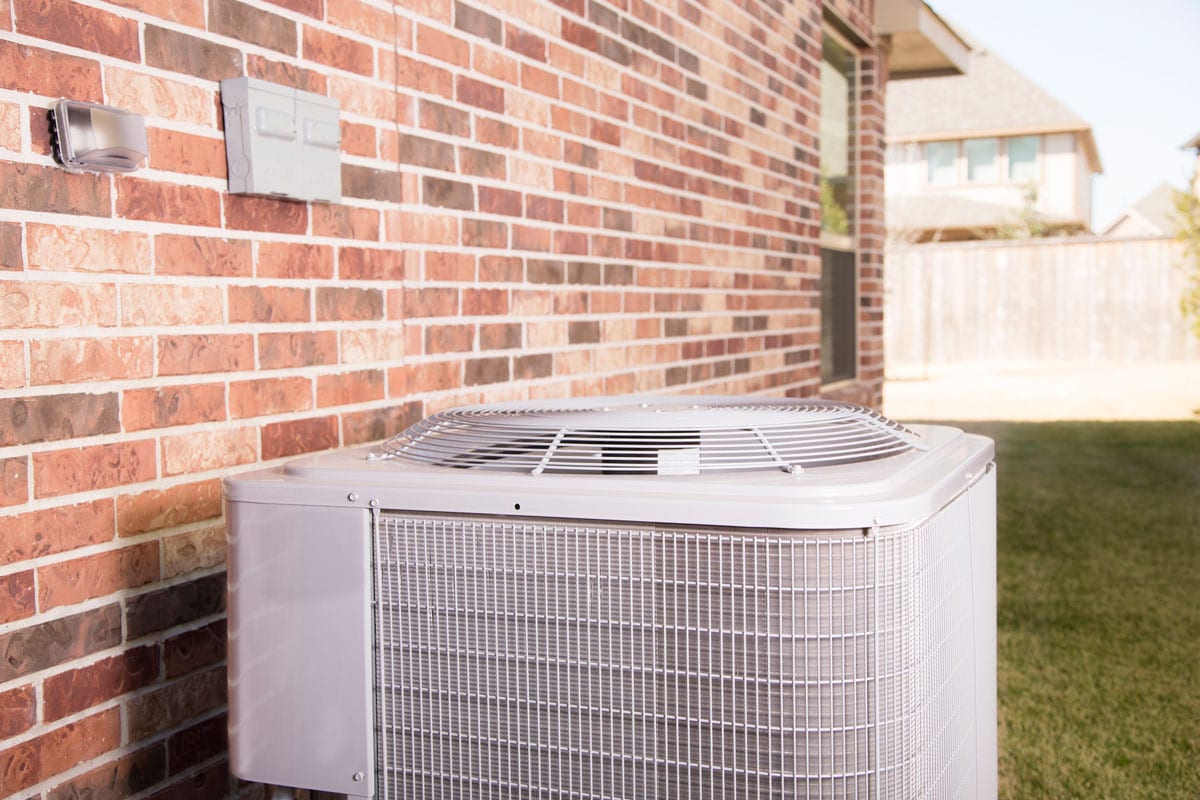
When the weather becomes cold, we rely on our home heating systems to keep us warm during the fall or winter seasons. So what is the difference between a heat pump and a furnace, and which one do you think will work best for you? Here are the differences.
Source Of Power
A furnace generates heat by burning fuel or natural gas, and some are even powered by electricity, but a heat pump does not require fuel to work. Instead, it uses electricity and a refrigerant to transfer heat from the outdoor air to the inside.
When on heat mode, it functions as a reverse air conditioner. This helps you save money on an air conditioner since a heat pump functions as one.
Maintenance
While both a heat pump and a furnace will require some regular maintenance, a furnace's maintenance requirements are lower than a heat pump's. As a result, your heat pump's long-term maintenance costs will be higher.
Lifespan
A furnace that is well maintained can last as long as 25 years or even more. A heat pump heater, on the other hand, if maintained properly, will last closer to 15 years. As a result, in most circumstances, a furnace's estimated lifespan is longer than a heat pump.
Installation Cost
When comparing a heat pump to a furnace, one of the first concerns you may have is which is more expensive to install and operate. A furnace could be cheaper if you have direct access to natural gas.
If you don't have natural gas, it will cost more to have a furnace installed. However, if all other factors are equal, a heat pump is usually less expensive to install and is a better choice if you have no gas line installed to your home.
Can You Switch From Heat Pumps To Furnaces?
Heat pumps work perfectly in certain climates, but when the temperature is colder, they may not work efficiently In heating the house. Using furnace heat systems is a better option because they are less expensive and can work better In colder temperatures than heat pumps.
Which Is Cheaper To Run, Heat Or Furnace?
A heat pump is generally cheaper to operate than a furnace, but installing a heat pump might be more expensive.
What Temperature Is Too Cold For A Heat Pump?
When the temperature outside drops between 25 and 40 degrees Fahrenheit, heat pumps lose their efficiency. When the temperature is over 40 degrees, a heat pump works well.
Conclusion
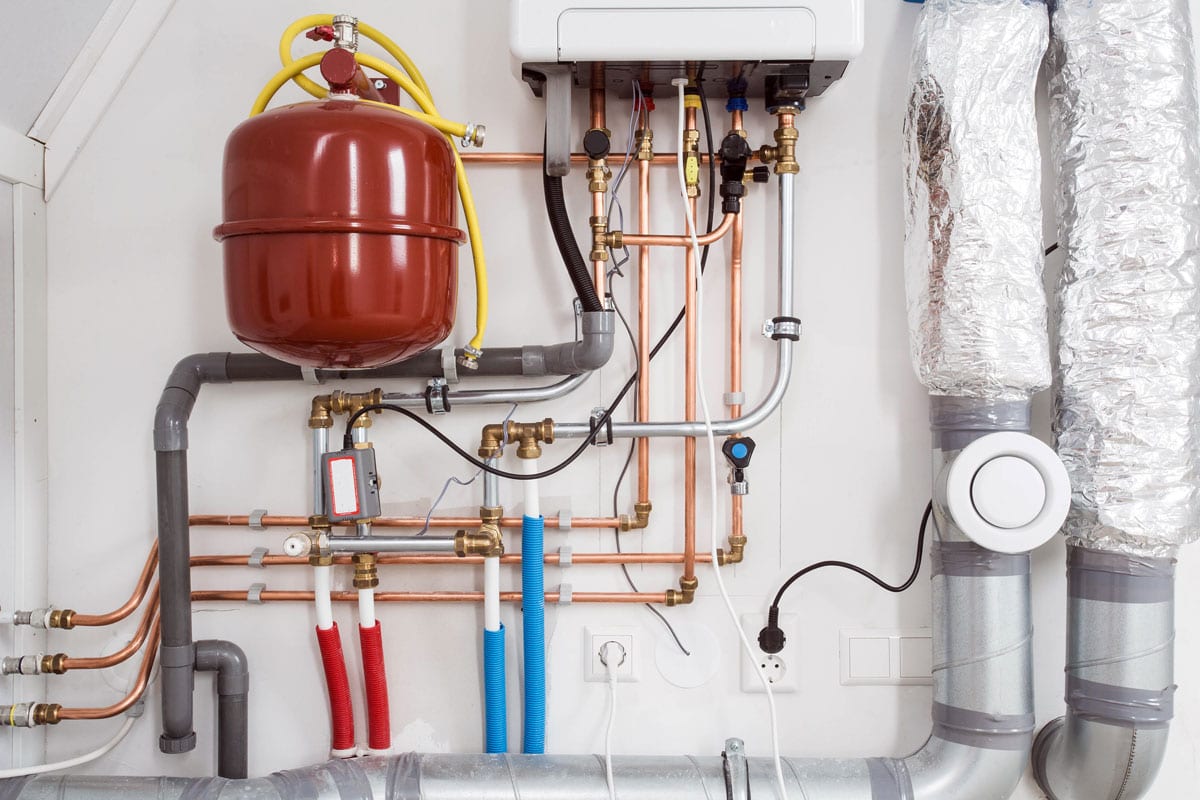
A heat pump or furnace is a good heating system option in your home. If you're using both, you should always be aware that as the temperature changes, one might be more efficient than the other. To read more on heat pumps and furnaces, check out these related articles:
